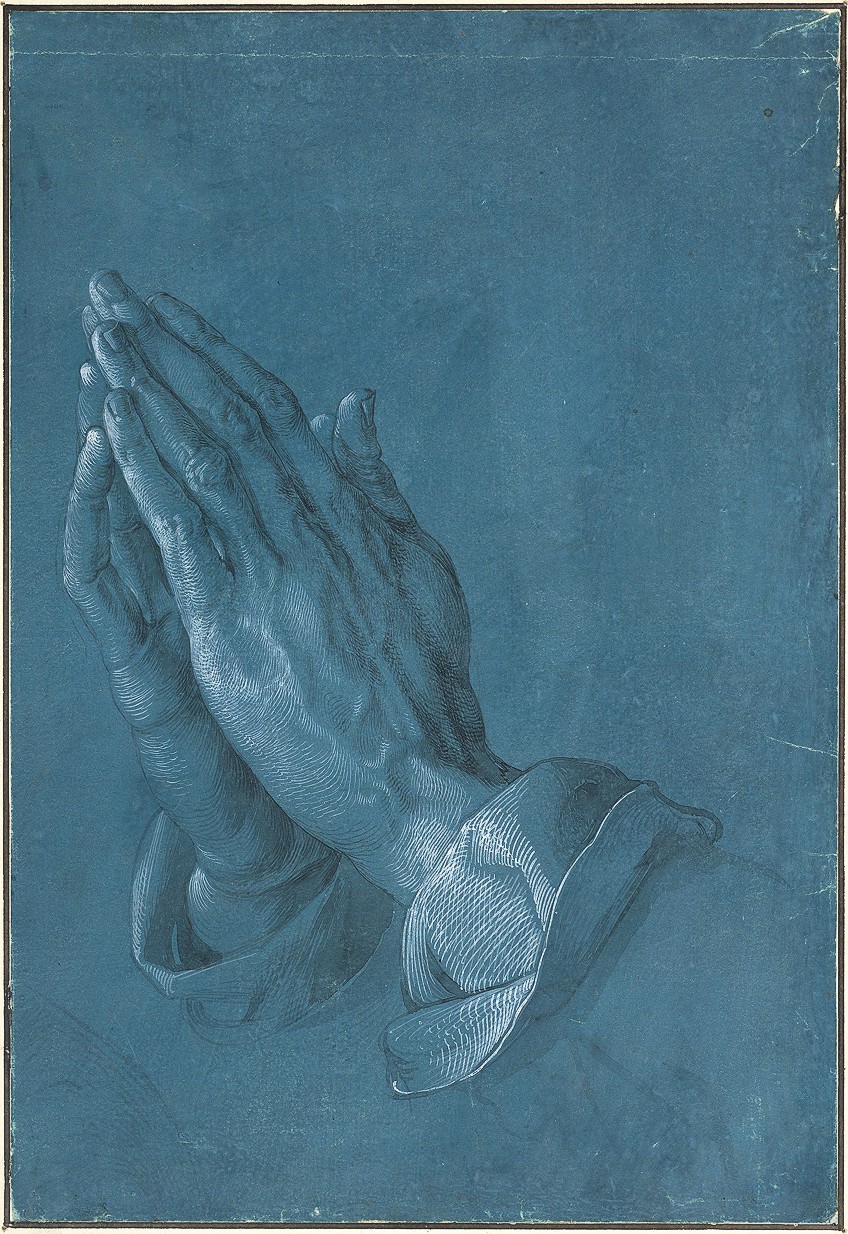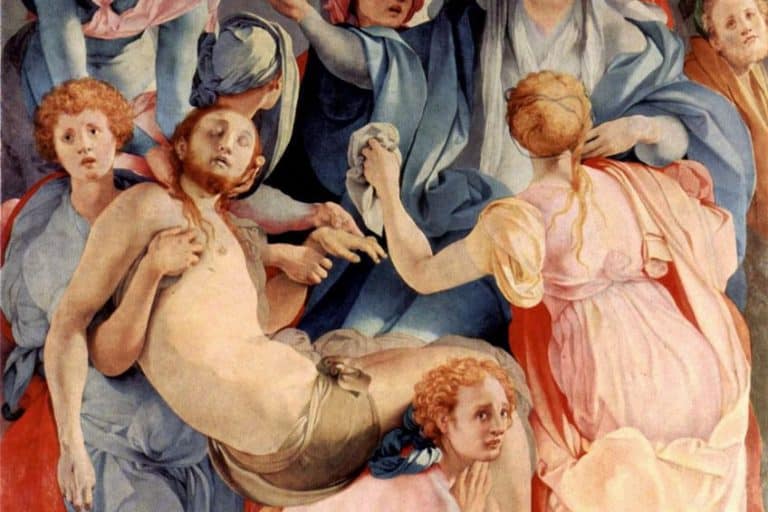Form in Art – Exploring the Element of Form through Examples
Form in art gives artworks form, but what exactly does this mean? In this article we will explore this in more depth, discussing the form art definition and its role as one of the art elements. We will also discuss the different types of forms that artists utilize, including examples that range from paintings to sculptures.
Table of Contents
What Is Form in Art?
There are so many possibilities when it comes to applying the above-mentioned art elements, so let us look at what form in art can do as one of them. This will also illustrate the form art definition. As we explained above, form gives artworks form and there are many different types available to apply in all forms of art media.

It is also important to note that while form is an art element that gives artworks more visual meaning, the term can also refer to the broader form of any artwork.
We can look at form in art on a smaller and larger scale. On a smaller scale, it is the art element that is applied onto a canvas or as part of a sculpture. It also closely relates to the other art element called shape – we will discuss this in more detail below.
On a larger scale, it is the whole form of the artwork, which is described as the “physical” aspect of the artwork, which simply means whether it is a sculpture, an installation, a graphic art, a painting, and more.
This can also point to the art medium, for example, the art form of watercolor, acrylic, or oil painting.
The Relationship of Shape and Form in Art
Before we provide a few form in art examples, it is also important to understand how shape and form relate to each other. One of the main characteristics of form as one of the art elements is that it is three-dimensional and can be measured by width, height, and length.
If we compare it to the other art element, shape, mentioned above, we will notice that shape is two-dimensional. It will also appear flat and can only be measured by its height and length.
A shape can become a form when other art elements or art principles are used in conjunction with it. For example, if a shape is drawn or sketched on a two-dimensional piece of paper it can become a three-dimensional form by applying contrasting effects like the usage of shadows, highlighting, toning, colors, patterns, perspective, or the space utilized around it.
This will give the illusion of it being a three-dimensional object. For example, a circle will be a sphere, a cylindrical form will be a rectangle, a square will be a cube, a triangle will be a cube, and so forth.
The Two Categories of Form in Art
Form in art is also categorized into two main types, namely, geometric and organic. Geometric forms can be easily detected by their shapes, which we mentioned above, namely circles, squares, rectangles, triangles, and more.
Organic forms are described as more “natural”, they will appear more fluid due to their curves and free-flowing formations.
Think of the natural forms you will see in the environment around you, for example, in flowers, trees, stones, or seashells. Some artworks can appear completely geometric and others more natural, however, we can remember that both types of forms can also be present in one artwork, be it a painting or a sculpture.
The best way to illustrate this is if we look at several examples.
Form in Painting
The medium of paintings or drawings will show us hundreds of ways how a form is utilized and rendered; from more realistic/naturalistic to abstracted subject matter. Form utilized as an art element in paintings or drawings is often described as “implied” or “illusionistic” of three dimensions. It is important not to confuse the term “illusionistic” with optical illusions, although do bear in mind that optical illusions in art also utilize various geometric forms.
For subject matter that appears more realistic, or naturalistic, we can look to the Renaissance era.
Famous artists like the Italian Leonardo da Vinci or German Albrecht Dürer, masterfully adapted forms to portray their subject matter. Through techniques like shading and highlights Leonardo da Vinci explored the human form in his anatomical drawings/sketches, for example, A Study of a Woman’s Hands (c.1490) depicts two hands that appear as if they are crossed over the body. It has been described as two “separate” studies.

We will notice the organic form created through the different light and dark areas like the shading on the folds on the fingers, which are all created by various lines. There is also highlighting on the skin that gives it a smooth texture and a lighter appearance, contrasting with the darker areas. Already other art elements like texture and line assist to create the illusion of a three-dimensional hand.
Albrecht Dürer’s “Praying Hands” (1508) is another organic form in art example. This depicts praying hands and it is made with pen and ink. We will notice the different contrasts of shading and toning, which create the illusion of real hands.
The part of the hands closest to us, the viewers, is whiter, or lighter, in its tone. This also gives the impression of an unseen light source. The part of the hands further away from us is darker in tone and there are more shaded areas, especially between the fingers and near the wrists. This contrast of light and dark creates depth.

The Spanish Joan Miró created his famous biomorphic forms in paintings like Harlequin’s Carnival (1924 to 1925), which is also more abstract. This oil painting is filled with a lively array of interplaying shapes and forms from organic to geometric. Notice the small cone in the foreground with a longer cylinder to the left of it. Behind the cone is a cube that appears to be a die with a figuration either emerging from or perched on top of it.
Form in Sculpture
Sculptures are real-life three-dimensional forms compared to the illusion of a three-dimensional form in painting, and similarly, these can also be organic or abstract. The form of sculptures is also categorized as either open or closed.
Open sculptures appear more dynamic in terms of how they occupy space, for example, dissected planes, openings, grooves, protrusions, and more. This also allows for more abstracted pieces to be created in a variety of methods and media.

A form art example of open sculpture can be found in the art of Alexander Calder, who became widely known for his mobiles and other installations. One example of many includes Red Mobile (1956), which Calder made from metal rods and sheet metal.
This is often contrasted with what is termed “traditional” sculptures because it floats in the space around them, and moves.
There is a lightness about it compared to the denseness found in closed sculptures. This leads us to the question of what closed sculptures are, which are often described as “solid” masses. In other words, there are no openings, and it is often immobile. One of the best and probably the most popular example of a traditional sculpture is the statue of David (c. 1501 to 1504) by Michelangelo.
This article discussed form as one of the art elements. It comes in various shapes and sizes and can give a visual composition meaning with subject matter that ranges from realistic to completely abstract. When a form is coupled with other art elements and principles like color, line, and contrast it will appear three-dimensional instead of just two-dimensional on a flat picture surface. However, form in art can also be physically three-dimensional; for example in sculptures or architectural formations. Whether you are creating a sculpture or painting a watercolor, what forms will inform your artwork and what message will they convey? Will it be a realistic portrayal of a figure, or will it be a more playful portrayal of forms that come alive?
Learn everything about the Elements of Art
We have written a series about all the elements of art, if you would like to dive a bit deeper into the topic:
Frequently Asked Questions
What Is Form in Art?
There are primarily seven art elements, and these include form; the other art elements are shape, line, color, texture, value, and space.
What Are the Categories of Form in Art?
Form in art can either be organic or geometric, of which both can be combined. Organic forms are often described as free-flowing, whereas geometric forms have more angularity and do not occur in nature.
What Are the Types of Forms?
Forms are three-dimensional versus shapes, which are flatter and two-dimensional. There are forms like cubes, spheres, cones, cylinders, pyramids, prisms, and more.
Alicia du Plessis is a multidisciplinary writer. She completed her Bachelor of Arts degree, majoring in Art History and Classical Civilization, as well as two Honors, namely, in Art History and Education and Development, at the University of KwaZulu-Natal, South Africa. For her main Honors project in Art History, she explored perceptions of the San Bushmen’s identity and the concept of the “Other”. She has also looked at the use of photography in art and how it has been used to portray people’s lives.
Alicia’s other areas of interest in Art History include the process of writing about Art History and how to analyze paintings. Some of her favorite art movements include Impressionism and German Expressionism. She is yet to complete her Masters in Art History (she would like to do this abroad in Europe) having given it some time to first develop more professional experience with the interest to one day lecture it too.
Alicia has been working for artincontext.com since 2021 as an author and art history expert. She has specialized in painting analysis and is covering most of our painting analysis.
Learn more about Alicia du Plessis and the Art in Context Team.
Cite this Article
Alicia, du Plessis, “Form in Art – Exploring the Element of Form through Examples.” Art in Context. July 12, 2022. URL: https://artincontext.org/form-in-art/
du Plessis, A. (2022, 12 July). Form in Art – Exploring the Element of Form through Examples. Art in Context. https://artincontext.org/form-in-art/
du Plessis, Alicia. “Form in Art – Exploring the Element of Form through Examples.” Art in Context, July 12, 2022. https://artincontext.org/form-in-art/.












